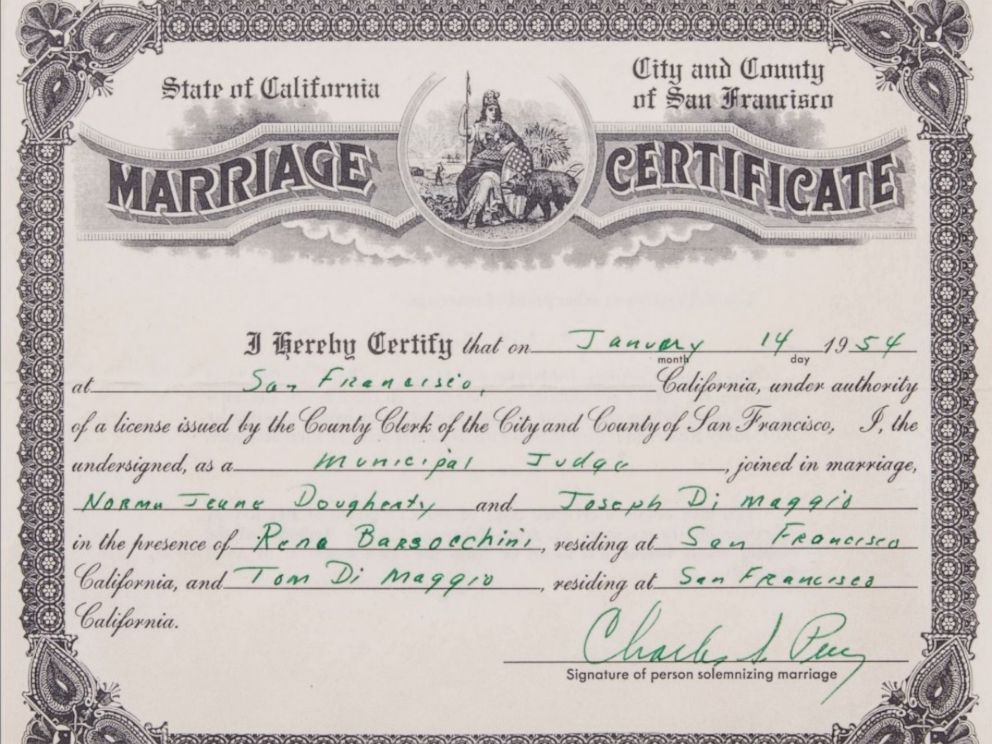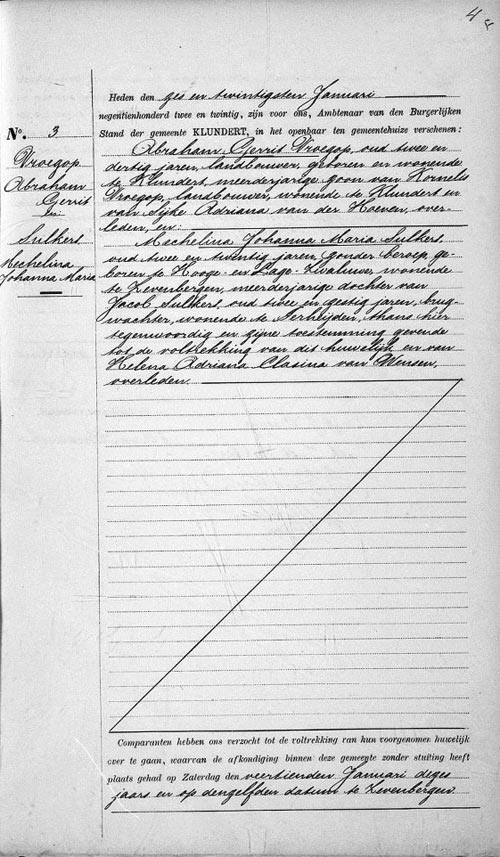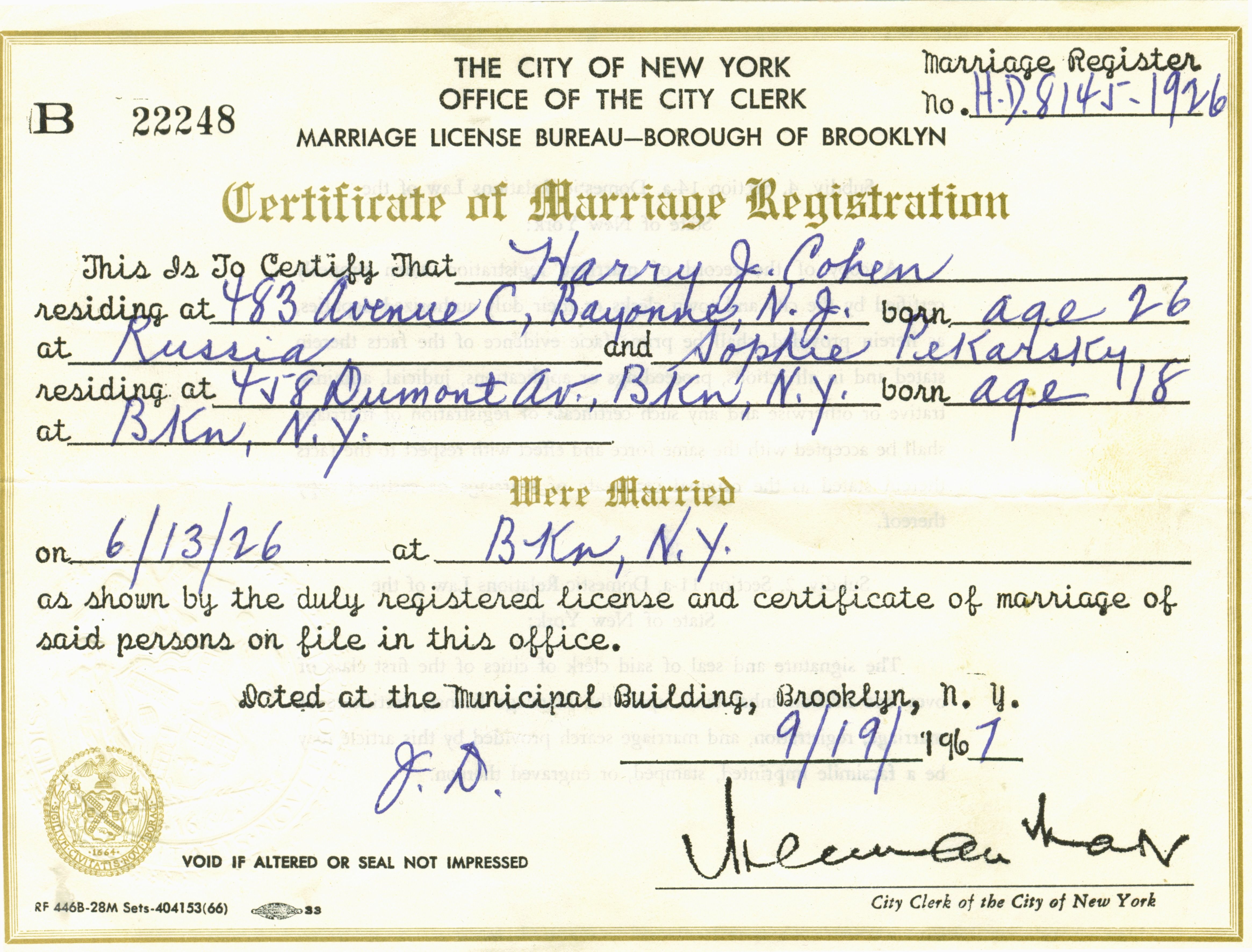

These documents were frequently used in the southern and middle-Atlantic states up to the mid-1800's.Īpplications and Licenses Īpplications and licenses are the most common types of records showing intent to marry. The bond was then returned to the town or county clerk. The bond was presented to the minister or official who would perform the ceremony. The person who posted the bond was known as the surety or bondsman. Marriage bonds are written guarantees or promises of payment made by the groom or another person (often a relative of the bride) to ensure that a forthcoming marriage would be legal. The minister or town clerk recorded these announcements in a register, or interfiled with other town or church records. Intentions were written notices presented to the local civil authority and posted in a public place for a given period of time. They may have also posted a written notice at the church. Traditionally the announcement of an impending wedding would be announced in the church for three weeks prior to the event.īanns were a religious custom in which the couple announced to their local congregation that they planned to marry. This was a rather common custom in the southern and New England states through the mid-1800's. The couple may have been required to announce their intentions in order to give other community members the opportunity to raise any objections to the marriage.

Banns and intentions were made a few weeks before a couple planned to marry. Marriage banns are the public announcement of an intended marriage. Various records may have been created that show a couple's intent to marry. Some records may show a couple's intent to marry in addition to the records of the actual marriageįor more information about using marriage records effectively, click here. These records are usually stored with the clerk of the town or county where the bride resided, but some particularly early ones may be housed in the state’s archives and more recent ones may be found in the state’s Division of Vital Records. Marriage has always been a very public covenant, recorded in a variety of ways. Whether a civil or church authority performed the ceremony, local laws usually required that the marriage be recorded in civil records.

Churches and governments often kept marriage records before they documented other life events.
Free marriage record lookup how to#
To find a marriage record, choose the state where the marriage occurred:ĭon't know the state? - Go to How to Estimate Marriage InformationĪ valuable source for genealogists is the Marriage Record. How to Find United States Marriage Records Using Guided Research

You can usually request your divorce certificate from the Supreme Court Registry that filed your divorce. but then divorced, the search will only list the marriage. Vital Statistics does not register divorces. Importantįind out if you need this certificate to get married abroad before applying, as the $50 fee is non-refundable. marriage records from the date of your 15th birthday to the date of application, and prints the result of the search on a Marriage Search Certificate. If you apply for a search of marriage records, Vital Statistics searches B.C.


 0 kommentar(er)
0 kommentar(er)
